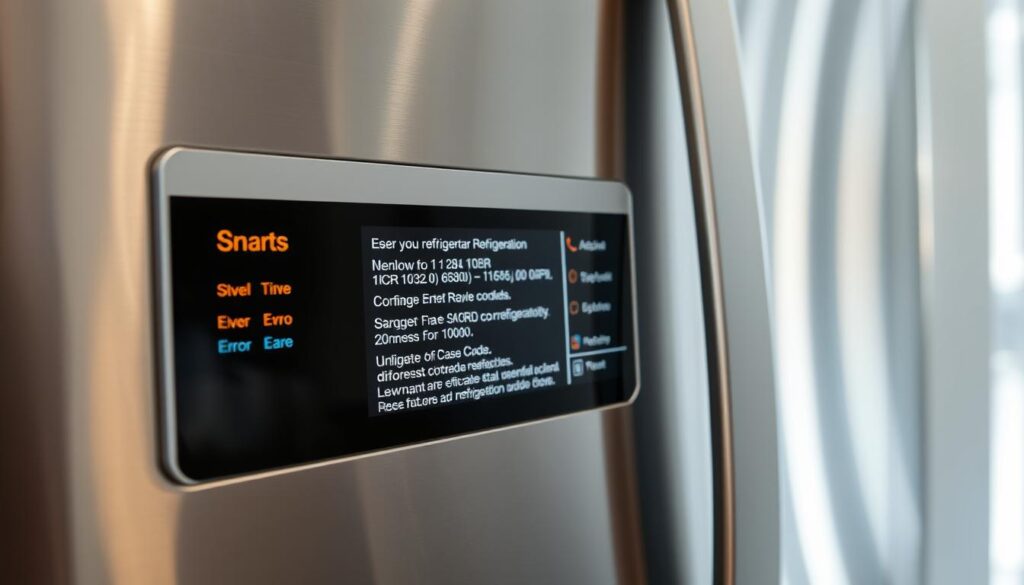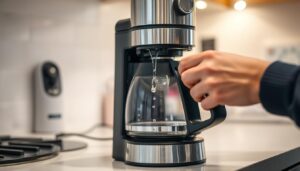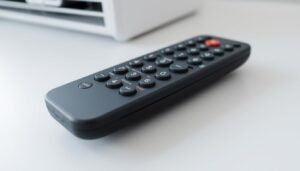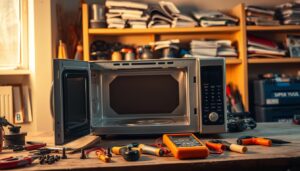Are you perplexed by the sudden appearance of error codes on your smart refrigerator’s display? You’re not alone. Modern appliances like Samsung and LG refrigerators often flash error codes when there’s an issue with cooling, sensors, or electronic components.
Understanding these codes is crucial for effective troubleshooting. By deciphering the meaning behind these codes, you can potentially avoid costly repairs and save time. Before attempting any reset procedures, it’s essential to document the specific error code for future reference.
Key Takeaways
- Identify common error codes displayed on your refrigerator.
- Learn step-by-step instructions for resetting error codes.
- Determine when to reset error codes yourself or seek professional help.
- Understand the diagnostic information provided by your refrigerator’s display panel.
- Document error codes for future reference.
Understanding Smart Fridge Error Codes
Your smart fridge’s error codes are more than just random numbers; they indicate specific issues that need attention. These codes are displayed on your refrigerator’s screen to signal that something is amiss.
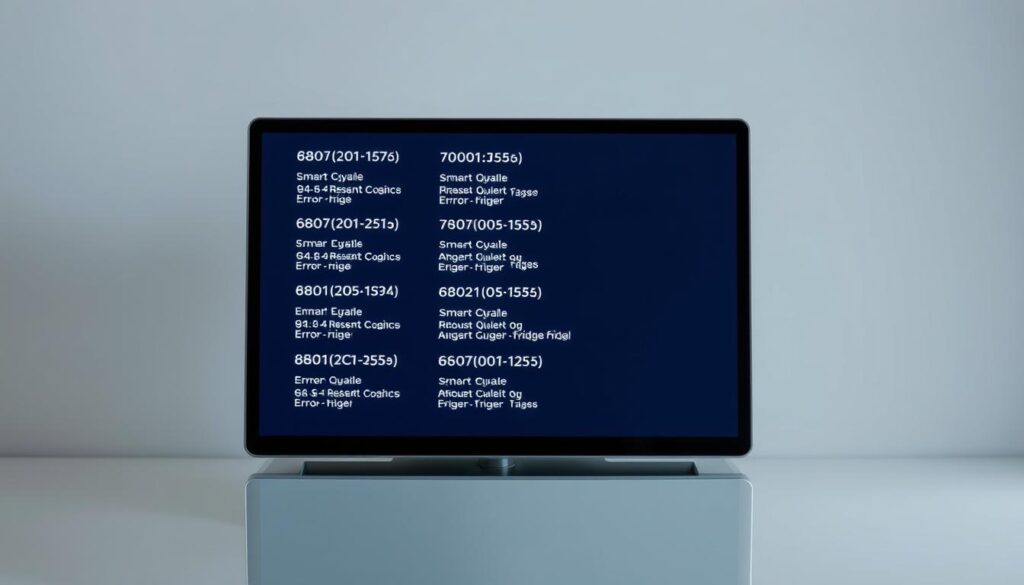
Common Error Code Displays on Smart Fridges
Different manufacturers use various error code formats. For instance, Samsung typically uses alphanumeric codes like “5E” or “22E,” while LG often uses codes like “Er IF” or “Er CO.” These codes provide specific information about the component or function experiencing problems.
What These Codes Actually Mean
Understanding error codes is crucial as they can indicate minor issues like a door left ajar or more serious problems like compressor failures. The refrigerator’s diagnostic system continuously monitors various components and triggers error codes when parameters fall outside normal operating ranges.
Why Error Codes Appear on Your Refrigerator
Error codes appear on your refrigerator’s display panel when the internal diagnostic system detects abnormal operation or component failure. Most modern smart fridges have built-in self-diagnostic capabilities that generate specific error codes to help pinpoint the exact nature of the problem, aiding both users and technicians in identifying issues more efficiently.
When to Reset vs. When to Call for Service
Knowing the right time to reset your smart fridge versus calling for service can save you time and money. Resetting your appliance can sometimes resolve issues quickly, but it’s not always the best solution.
Situations Where Resetting Is Appropriate
Resetting your smart fridge is suitable in specific situations. For instance, after a power outage, your fridge may display an error code indicating it didn’t boot up properly. In such cases, a reset might be all that’s needed to get it working again. You can also reset your fridge when directed by the manufacturer’s troubleshooting guide or for minor glitches that don’t affect its cooling performance.
- After power outages, a reset can resolve boot-up issues.
- When directed by manufacturer troubleshooting guides.
- For minor glitches that don’t affect cooling performance.
When You Should Avoid Resetting Your Fridge
However, there are situations where you should avoid resetting your smart fridge. If your appliance displays error codes indicating cooling system failures, compressor issues, or sealed system problems, it’s best to call for professional service instead. Repeatedly resetting your fridge to clear persistent error codes can mask underlying problems and potentially lead to more serious damage.
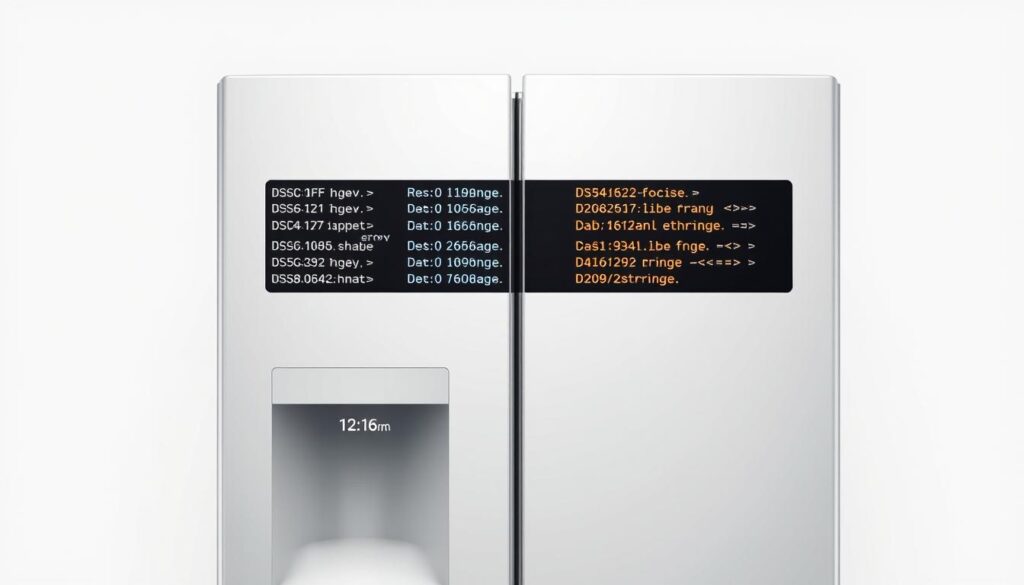
The Importance of Error Code History for Technicians
Technicians rely heavily on error code history to diagnose complex issues. These codes provide valuable information about when and how problems developed. Preserving the error code history is particularly important for high-end smart refrigerators with complex electronic systems. When a technician examines your fridge, having the complete error history available makes troubleshooting more efficient and accurate.
- Error code history helps diagnose complex issues.
- Preserving error codes is crucial for high-end smart refrigerators.
- Complete error history aids technicians in efficient troubleshooting.
In many cases, the diagnostic information stored in your fridge’s memory helps technicians identify intermittent problems that might not be active during their visit. Some manufacturers specifically advise against resetting certain error codes as this can compromise the safety features of the appliance. Therefore, it’s crucial to understand when to reset and when to call for service.
Step-by-Step Methods to Reset Smart Fridge Error Codes
Error codes on your smart fridge don’t have to mean a trip to the repair shop; sometimes, a simple reset is all you need. Before attempting any reset procedure, it’s crucial to understand the specific steps for your refrigerator model.
Samsung Smart Fridge Reset Procedure
For Samsung smart fridges, the reset procedure typically involves pressing specific button combinations on the control panel. You can find detailed instructions on how to reset Samsung refrigerator error.
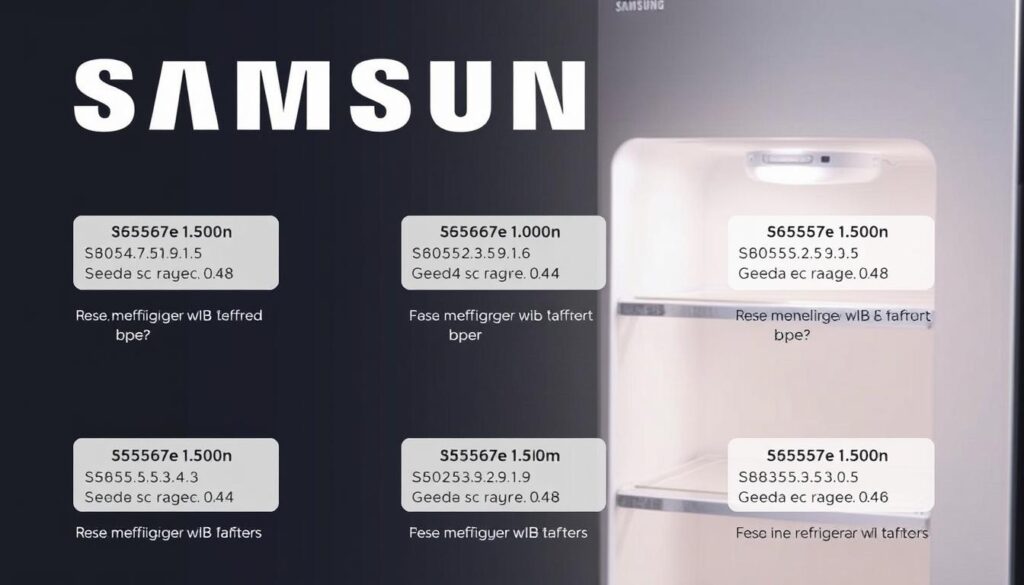
LG Smart Refrigerator Reset Steps
LG smart refrigerator reset procedures often require pressing and holding the “Refrigerator” and “Ice Plus” buttons together for approximately 5 seconds until you hear a chime. Ensure you document the error code before resetting.
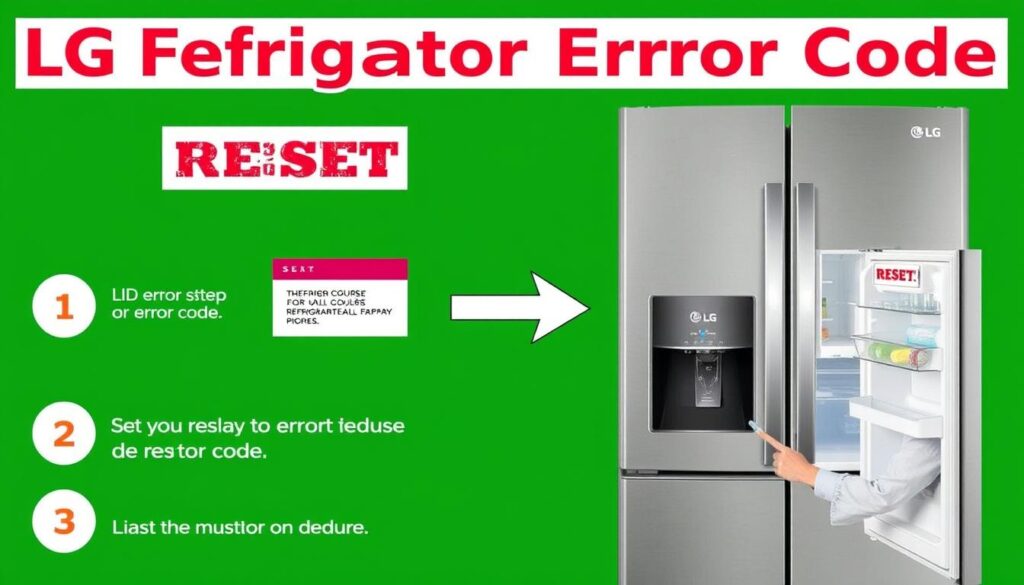
General Reset Procedure for Most Smart Fridges
If the specific reset methods don’t work, you can try the general power reset method by disconnecting the refrigerator from power at the wall outlet or circuit breaker for 1-2 minutes. Remember to keep the door closed to maintain the compartment temperature.
Documenting Error Codes Before Resetting
Always document the specific error code displayed on your refrigerator by taking a photo or writing it down for future reference. This information is crucial for contacting manufacturer support if the issue persists.
For persistent error codes, contact manufacturer support through their mobile device apps or by calling their dedicated helplines, such as 1-800-SAMSUNG for Samsung products.
Conclusion: After Resetting Your Smart Fridge
Following a successful reset, observing your smart refrigerator’s behavior is key to identifying any persistent issues. It’s recommended to monitor your appliance for at least 24-48 hours to ensure the error code doesn’t reappear. If the error returns within days, it’s advisable to contact professional service as this may indicate a more serious problem.
Many Samsung refrigerator warranties cover service visits 7 days a week, with appointments available within 1-3 estimated days of your support contact. Keeping a log of any error codes, including the date and preceding circumstances, can be helpful. Most manufacturers maintain online databases of error codes and troubleshooting guides to aid in understanding post-reset issues.
For recurring issues, consider special offers for extended service plans. The cooling compartment should return to its proper temperature within 24 hours after a reset. If not, this may indicate the reset didn’t resolve the underlying issue. You can access support through various channels, including online chat and mobile device apps, to get help with persistent issues.
